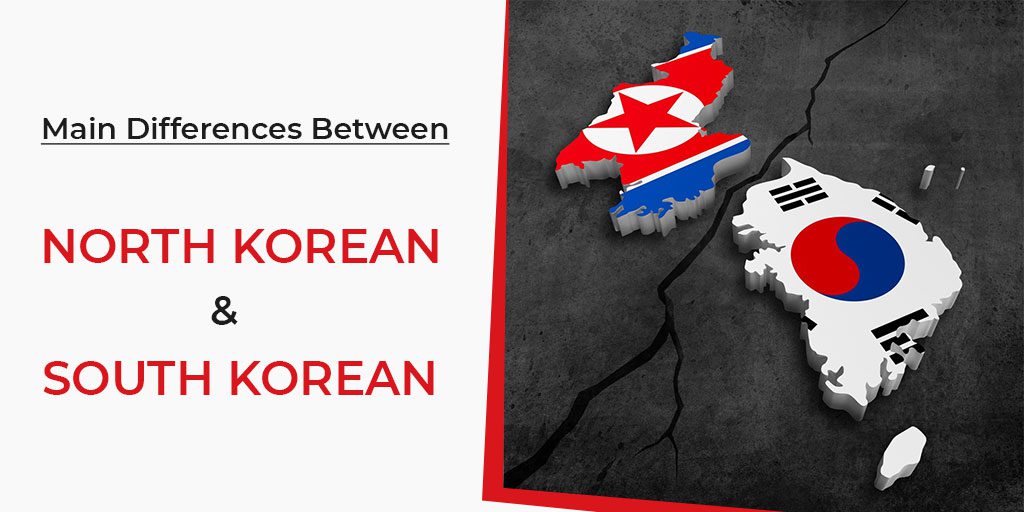North korea and south korea speak different dialects as the states have been separated for quite some time

North Korea and South Korea: The Dialect Divide

When we think of the Korean language, we often assume that it is the same across the entire Korean Peninsula. However, this is not entirely true. Yes, people living in both North and South Korea speak Korean (also called Hangul), but years of separation have led to the development of distinct regional dialects.

The separation between North Korea and South Korea began in 1945 when the Korean Peninsula was partitioned into two separate states. Political and ideological differences between the two states soon led to isolation and limited interaction, leading to a divergence in language.
In North Korea, a more conservative approach was taken toward language preservation. The government promoted the use of traditional Korean vocabulary and grammar, distancing itself from outside influences. As a result, North Korea developed its own distinct dialect, known as the P’yŏngan dialect. This dialect is characterized by its simpler vocabulary and grammatical structures compared to South Korean.
On the other hand, South Korea embraced a more open and liberal approach to language. The influence of foreign languages, especially English, became more prevalent in everyday speech. This led to the development of the Seoul dialect, which is considered the standard dialect in South Korea. The Seoul dialect is marked by its usage of loanwords, slang, and variations in pronunciation compared to the North Korean dialect.
It’s important to note that within each country, there are additional regional dialects that vary in vocabulary, pronunciation, and grammar. For instance, the Busan dialect is widely known for its distinct accent and vocabulary and is characteristic of the southeastern region of South Korea.
The differences in dialects have had a significant impact on communication between the two countries. Understanding the variations in vocabulary and pronunciation can pose challenges when North Koreans and South Koreans attempt to communicate. However, there are efforts being made to bridge this linguistic divide. Some language experts and scholars from both countries are working together to develop a standardized Korean language that can be understood by speakers from both sides. These efforts aim to promote unity and facilitate better communication between the two nations.
In conclusion, while North Korea and South Korea share the Korean language, their years of separation have led to the development of distinct dialects. The conservative approach in North Korea and the more liberal approach in South Korea have influenced vocabulary, grammar, and pronunciation. However, there are ongoing efforts to bridge the dialect divide and promote a standardized Korean language that can be understood by speakers from both countries.
Source: ProLingo
Related Posts
Quick Links
Legal Stuff

